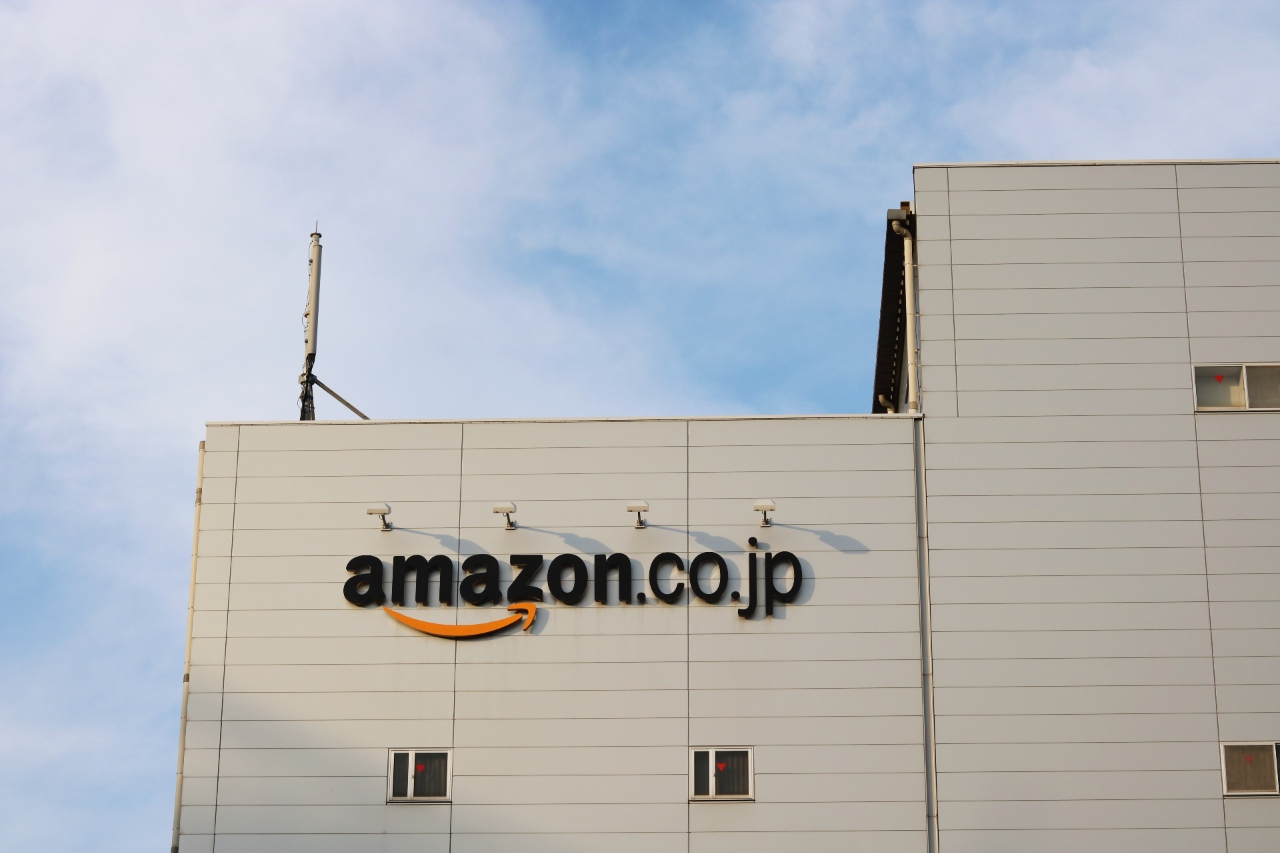Amazon is our number one recommendation for prospective clients who ask us which platform they should sell on in Japan.
Reasons include its lower barrier to entry for international sellers compared to platforms like Rakuten and Yahoo, as well as the fact that most businesses have already sold using Amazon in another market.
Drawing from the on-the-ground experience of our Tokyo office helping Western brands enter the Japanese commerce market, we’ve outlined our top 5 things that make Amazon especially useful for foreign merchants.
1. Extensive Market Reach
Around 126M people live in Japan, which is about twice that of the UK and almost 60% more than Germany. And as most of the nation lives in highly urbanized areas like the Tokyo metropolitan area, online shopping has become the norm for many households (although there is still a strong love for shopping locally!).
The number of people actively shopping and buying on Amazon each day is huge and the platform is now the most popular ecommerce store in a highly varied and competitive market that includes the Japanese ecommerce giant, Rakuten. While Rakuten saw 527.5M people visit its platform in June 2022, Amazon.jp saw 572.6M visitors.
Amazon is also the sixth most visited website in the country and the 49th most visited globally – beating Rakuten by one place in both areas.
Amazon Fact Sheet
| Category Rank Marketplace (Ecommerce and Shopping Marketplace) | 1 |
| Total Visits | 572.6M |
| Country Traffic Rank | 6 |
| Global Traffic Rank | 48 |
*Data sourced from SimilarWeb’s June 2022 domain overview
HB Pro Tip: With such an eclectic array of items on offer, and a myriad of competitors selling very similar products to your own brand, the competition is real. Not only does this put greater pressure on you to distinguish your product listings and photography in an already competitive market, but you may find yourself in a bidding war when placed directly next to your competitors in search results, which is something to consider when calculating your adjusting your pricing strategy for this platform.
Getting into Ecommerce in Japan? Here’s Everything You Need to Know
2. Streamlined Ecommerce Logistics with FBA

Cross border selling isn’t always easy. What was already a complicated process has been made harder by disruptions to global supply chains and shipping routes. If you’re selling in Japan, we would always recommend shipping your items in bulk and sorting out local storage options before organizing shipping last-mile to your customers.
This reduces the chances of delays and helps you keep up with the high service expectations of consumers in Japan. It’s possible to arrange your own storage facility and use a third party delivery company such as Japan Post to deliver your goods to the end user, but this can be too many steps for some merchants hoping to start making sales as soon as possible.
By far the easiest model to rely on is the Amazon FBA service in Japan. Much like it’s an identical program in other markets, the FBA scheme handles much of the heavy lifting of running an ecommerce business so you don’t have to. It is also one of the most scalable models out there, meaning as long as you can get your physical products into Japan, they will store as much or as little of it as you need before it’s ready to be delivered to your customers.
This will naturally come with an added cost, but many merchants believe this is worth it when you consider the risks of lost, delayed or mishandled delivery caused by a lack of Japanese language skills or people on the ground to oversee the fulfillment process for you.
How Does the Amazon Japan FBA Service Work?
- Apply for merchant status and register your business
- Send your products to Amazon’s FBA warehouse
- Let Amazon categorize and store your products
- Wait for customers to buy your products
- Amazon ships your product out
- Amazon handles most of the customer service (more on this below!)
- You receive payment
Learn More About Amazon’s FBA Service and Logistics in Japan!
3. A Familiar UX for Western Sellers
Most ecommerce sellers have already used Amazon in their home markets, so the learning curve for using the platform in Japan is likely to be minimal. The Japanese ecommerce store has a similar look and feel overall and many of the administration processes are identical – allowing you to create and edit your listings in English.
Other platforms like Rakuten have more demanding registration, language, and localization requirements that shouldn’t be underestimated. For instance, for Rakuten and Yahoo Japan you will need to open a Japanese bank account to register your account. And Rakuten will require you to build a custom web store within its ecommerce ecosystem, which can take time and money.
4. Customer Service Support

Amazon Japan doesn’t cover everything customer service related for you, but it does do more than most. After orders are placed, they will follow up with its custom email deliveries to make sure orders have been delivered successfully and if any requests for returns or basic questions about the delivery process, they’ll handle this for you.
Its Amazon hub lockers have also popped up across the nation offering a convenient touchpoint for customers wanting to return items.
If you receive complaints or technical questions about your product, Amazon won’t be able to help you here. So, it always benefits sellers to have some level of Japanese customer service support to ensure your customers’ concerns are addressed and their needs are taken care of.
What’s the Best Online Store in Japan — Amazon, Rakuten or Yahoo!?
5. The Power of International Listings
The Build International Listings (BIL) tool on Amazon Japan lets you create and update products from a single marketplace so information applies to other markets too. BIL lets you align your offers and prices based on the settings that you specify and currency exchange rates, saving yourself time when managing inventory across different geographic locations.
In theory, this means you can manage your Japanese inventory through your US marketplace. However, you must first successfully link your accounts from two separate regions. You can also adjust prices periodically to reflect currency value fluctuations, as well as synchronize the prices and deals in target marketplaces.
HB Pro Tip: International listings may help to propagate ratings and reviews across all your geographic markets if you use the same ASINs across different marketplaces. However, this is not always practical when you want to create different products for different markets (with descriptions, photos and other content localized for consumer needs).